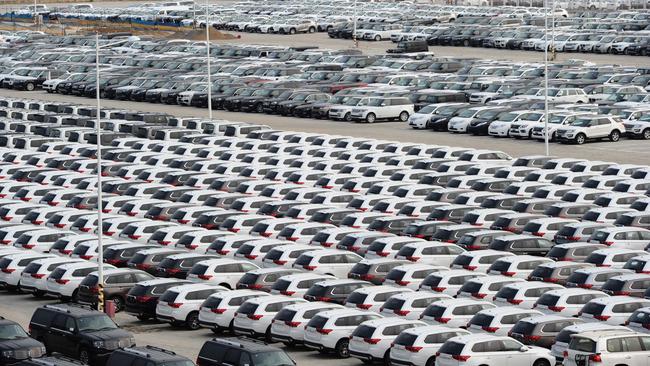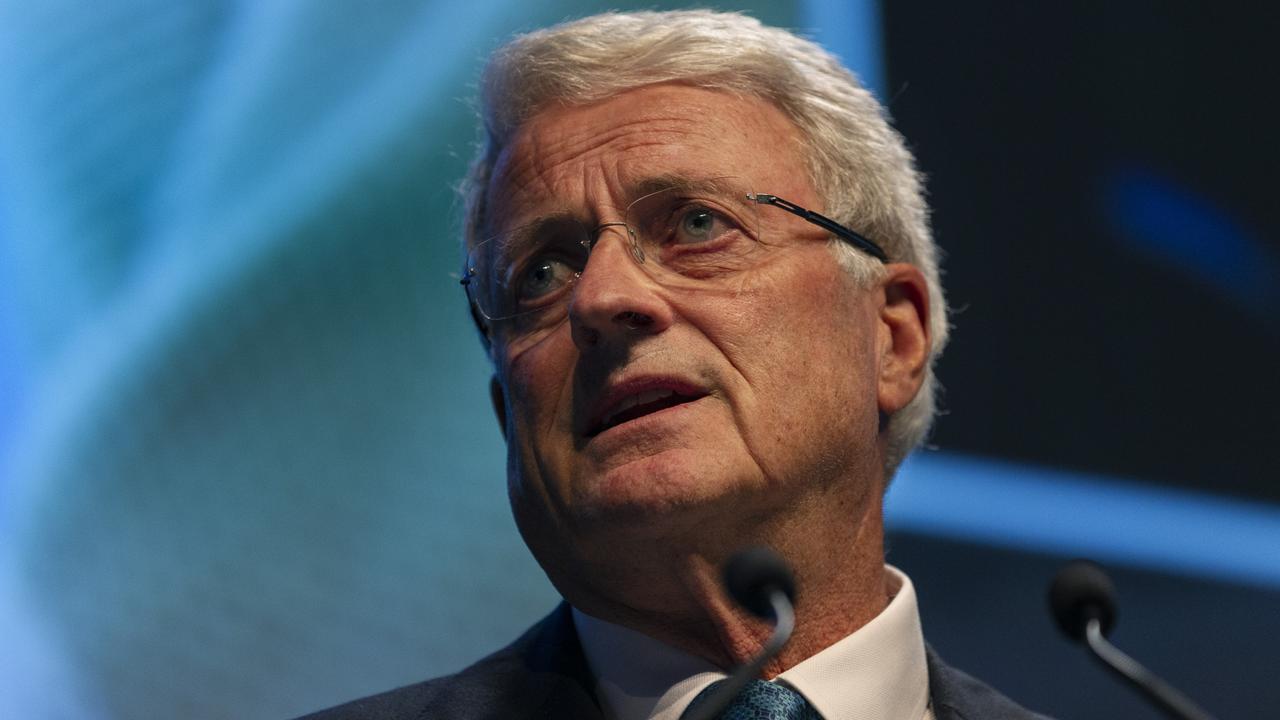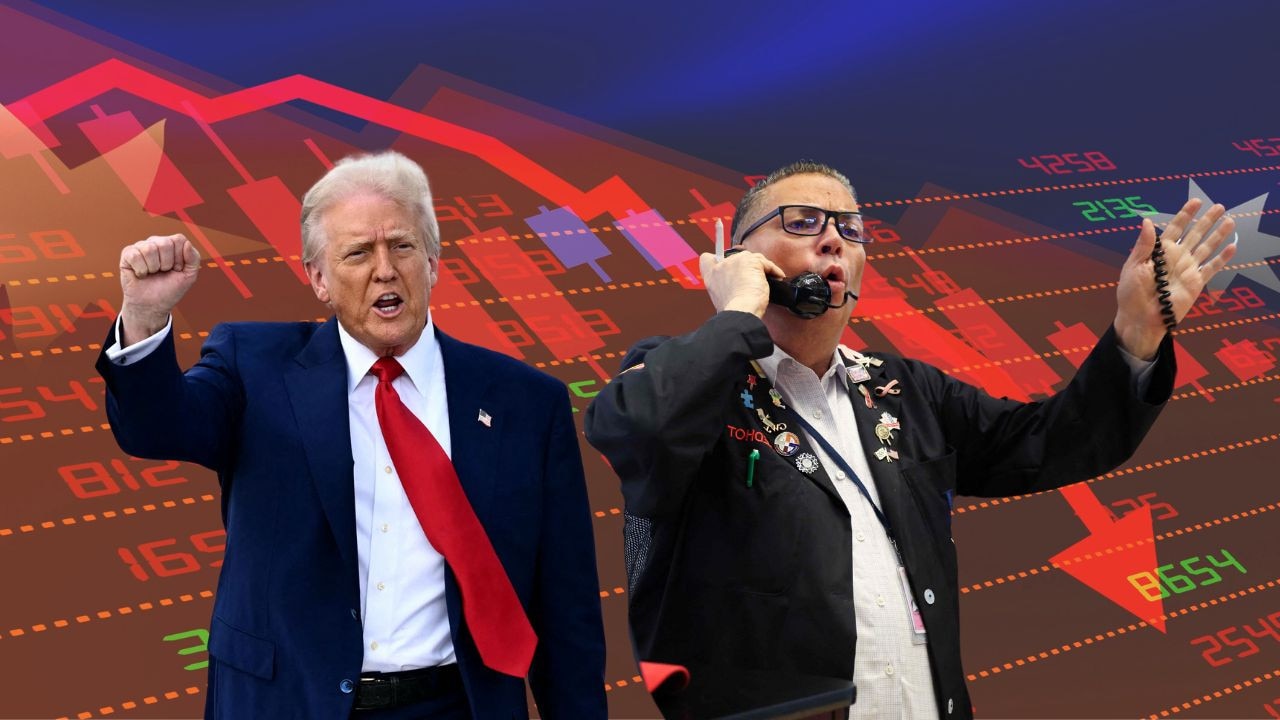Global tensions spark a flight to safety for investors
Stronger-than-expected economic data from China has failed to elicit a meaningful recovery in market sentiment.

Stronger-than-expected economic data from China has failed to elicit a meaningful recovery in market sentiment.
Investors through the region have been targeting “safe-haven” buying in global financial markets amid rising tensions across North Korea following its efforts to test a missile at the weekend.
Spot gold jumped to a five-month high of $US1295 a tonne, US 10-year bond yields fell as much as four basis points to a corresponding low of 2.197 per cent and the US dollar slipped against the Japanese yen.
China reported a 6.9 per cent rise in GDP for the year to March, surpassing expectations of 6.8 per cent. Growth was powered by industrial production, which rose 7.6 per cent versus 6.3 per cent expected by economists, and retail sales jumped 10.9 per cent versus 9.7 per cent expected, according to official figures.
Fixed-asset investment, or spending on infrastructure projects, rose at a 9.2 per cent year-on-year pace in the first quarter, compared to 8.9 per cent growth in the prior quarter.
The figures have again stoked questions around the reliance of Chinese business on debt to fuel growth through the economy.
“The past few months have seen the Chinese economy returning to the investment-driven growth model,” said Raymond Yeung, ANZ’s chief economist focused on Greater China. “The question we need to ask is whether this investment-led model is sustainable as the authorities have trouble taming credit.”
A stable economy is viewed as a priority in 2017 as the Communist Party prepares to reshuffle its senior leadership later this year. The government is targeting GDP growth of about 6.5 per cent in 2017, although economists expect growth to slow later this year as stimulus measures start to wane.
As China remains Australia’s biggest trading partner, small changes in growth can have a significant impact on the local economy. Indeed, China’s Dalian iron ore futures fell as much as 3.3 per cent yesterday. Spot iron ore tumbled 6.2 per cent to $US68.68 a tonne last week, its third consecutive weekly decline.
“China is delivering us a surge in national income the likes of which hasn’t been seen since the height of the resources boom,” said Chris Richardson of Deloitte Access Economics.
“(A) ‘China stumbles’ scenario would bring our world-beating record run of growth to a juddering halt, sending unemployment soaring and house prices plunging,” Mr Richardson added.
The price of iron ore, Australia’s largest export, has tumbled as much as 28 per cent over recent weeks amid concern about rising stockpiles in China and increasing domestic supply after it struck a 2½-year high of $US94.86 a tonne in February. Last week saw the announcement of the massive Xiong’an New Economic Zone in China, reflecting the government’s ambition to create domestic demand.
The infrastructure build-out will eventually cover 2000sq km, a size similar to that of Shenzhen, another top-tier city with GDP equivalent to 2.6 per cent of the national total in 2016.
“The Chinese government has a tendency to rely on infrastructure development to sustain growth in the long term,” Mr Yeung added. “We need to watch closely whether China’s top leadership will send a stronger signal to tighten monetary policy shortly.”
In its monetary policy statement this month, the Reserve Bank noted that China’s economic growth is being supported by higher spending on infrastructure and property construction, and this composition of growth and the rapid increase in borrowing means the medium-term risks to economic growth in Australia’s biggest trading partner remain. Still, yesterday’s strong Chinese economic data should give the RBA more reason to stay on the interest rate sidelines.
“Domestic interest rate hikes in 2018 seem more likely than interest rate cuts in the short to medium term,” said CommSec chief economist Craig James.
The RBA is due to release the minutes of its April 4 board meeting today.
Domestic markets in Australia and Hong Kong reopen today after the Easter holiday break.
The Australian dollar remained near a one-week high of US75.94c. Industrial commodities were mixed, with Brent crude oil futures hitting a one-week low of $US55.31 a barrel and London Metal Exchange copper futures rising as much as 1.1 per cent.
While futures markets at the end of last week were pointing to a slight fall in Australia’s S&P/ASX 200 share index today, traders will need to factor in Monday’s activity in global financial markets, which will include the resumption of trading on the flagship New York Stock Exchange overnight.
Meanwhile, “safe-haven” buying was still putting some upward pressure on the price of gold despite a lower-than-expected US CPI report on Friday, according to Jeffrey Halley, senior market analyst at OANDA.
“Although geopolitical tensions have somewhat dialled down over the long weekend, we expect any dips in prices to be eagerly sought by traders,” Mr Halley said.
In equity markets, Japan’s Nikkei 225 fell as much as 0.6 per cent before closing up 0.1 per cent, while China’s Shanghai Composite index fell 1 per cent and South Korea’s KOSPI index rose 0.5 per cent.




To join the conversation, please log in. Don't have an account? Register
Join the conversation, you are commenting as Logout